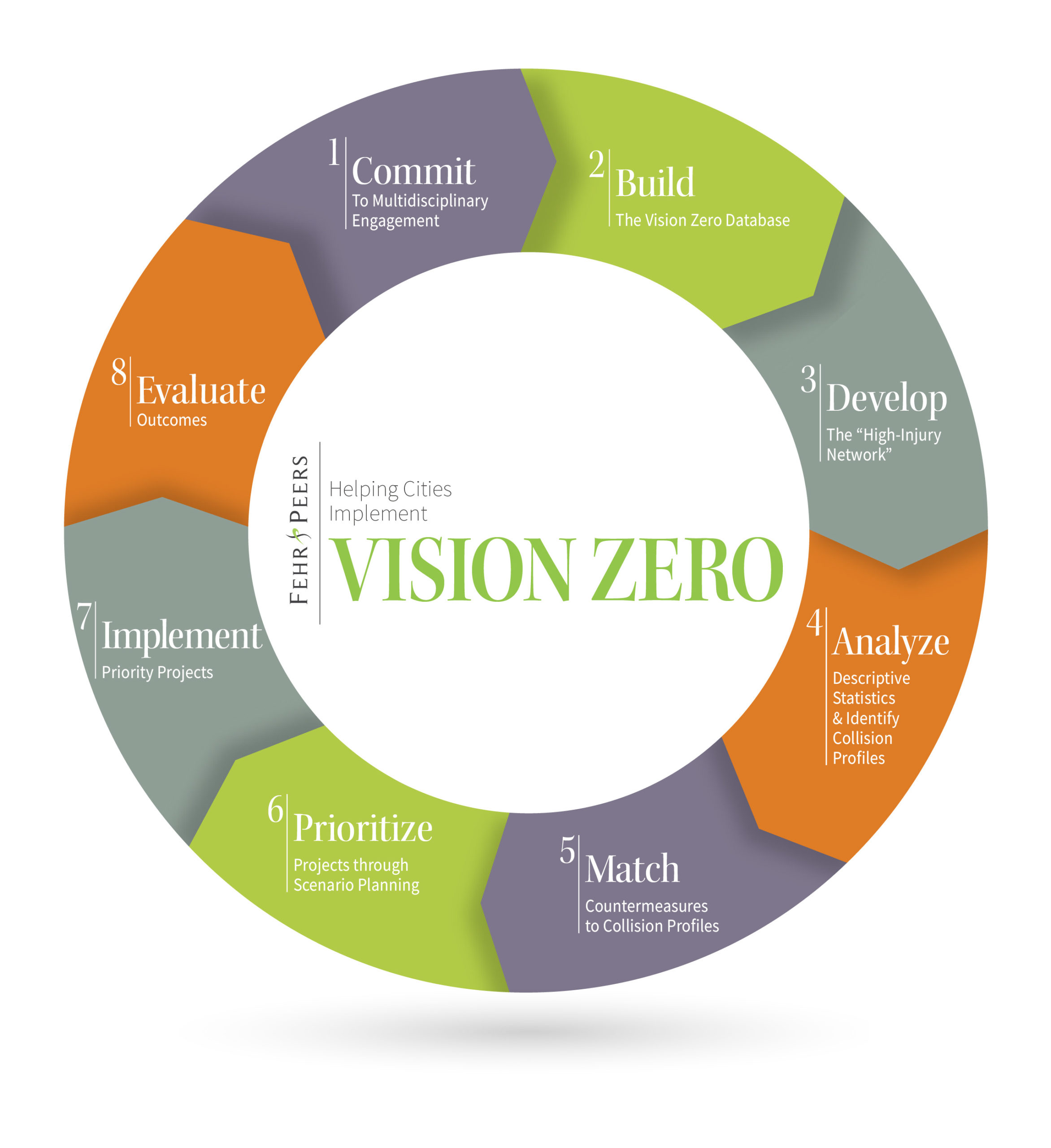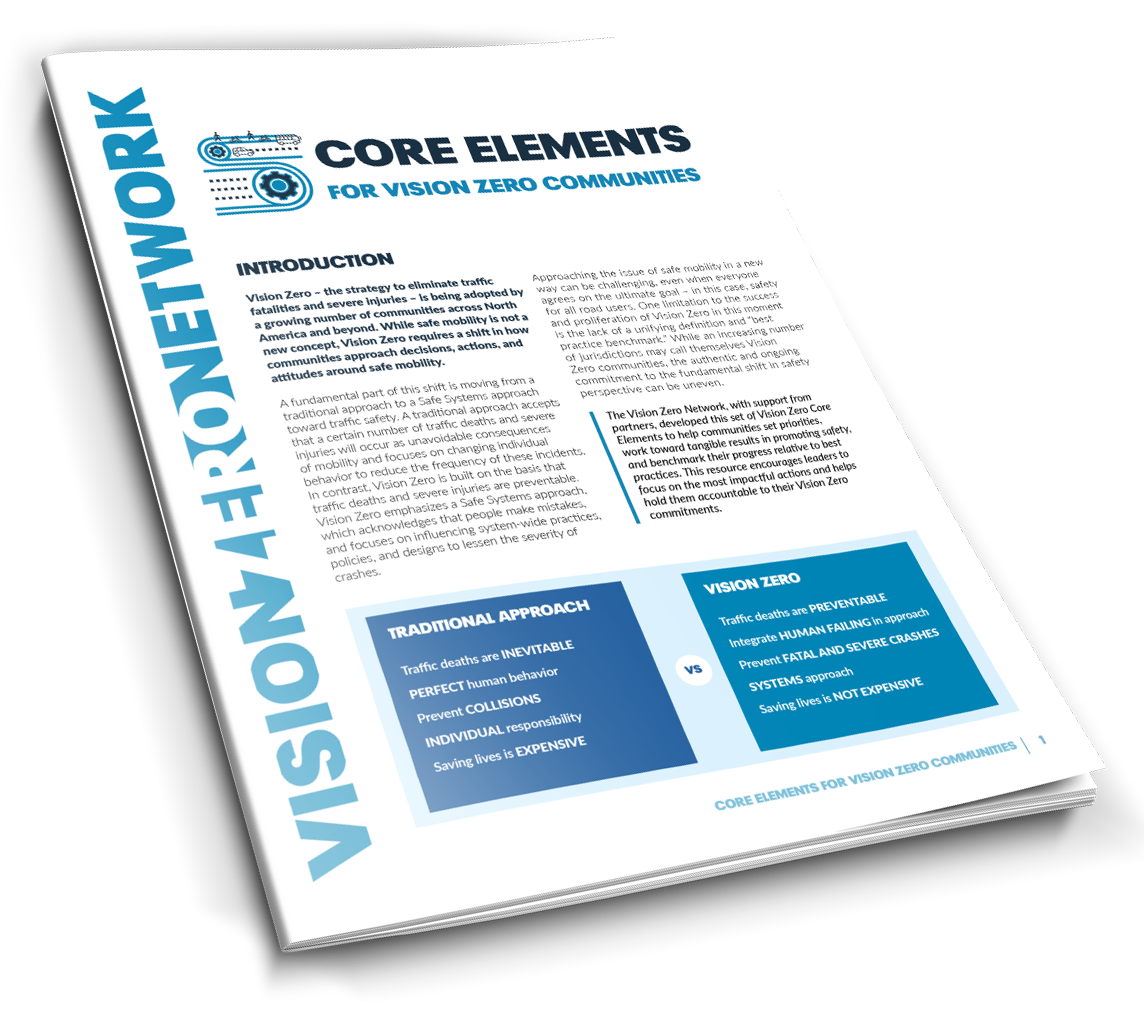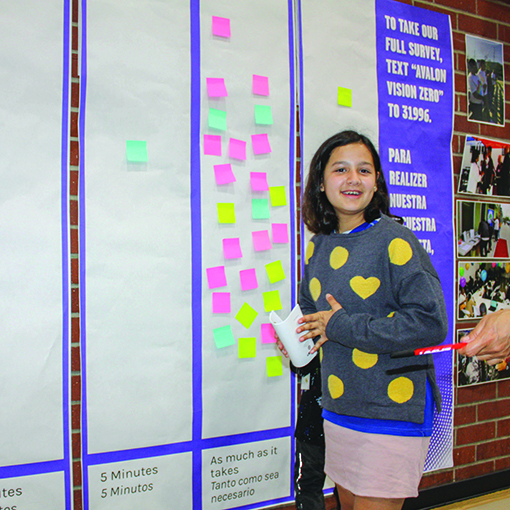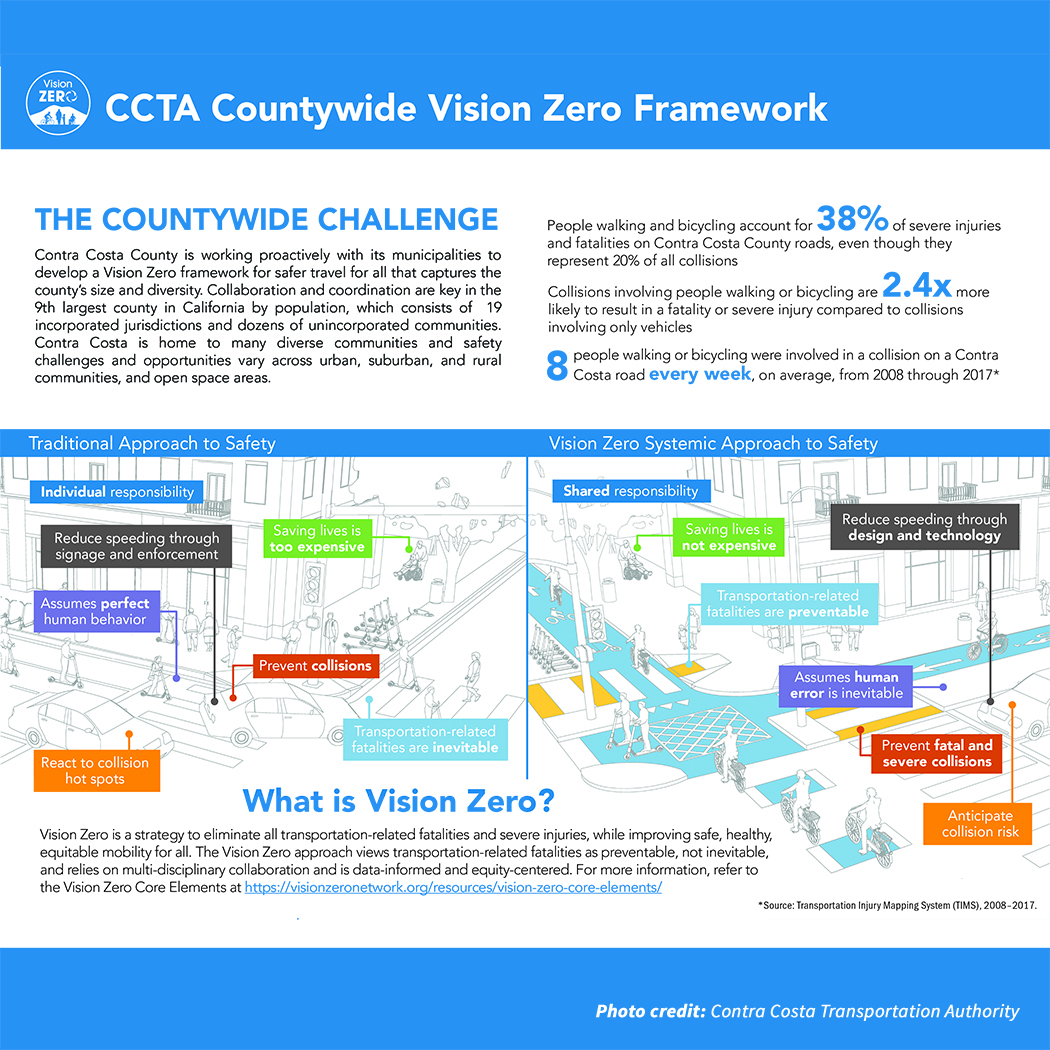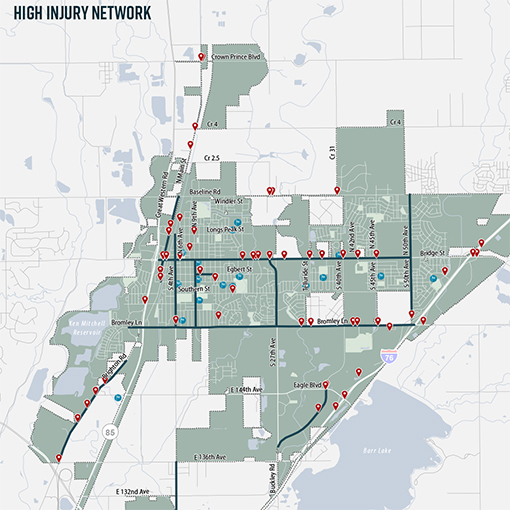Vision Zero
A strategy to eliminate all traffic fatalities and severe injuries while increasing safe, healthy, and equitable mobility for all.
PROCESS
Critical Steps for a Successful Program
A process for launching and maintaining your Vision Zero program
GUIDANCE
Vision Zero Core Elements Guide
Enabling communities to achieve their Vision Zero commitments
STRATEGIES
Customized Approaches to Vision Zero
Listening to the unique needs and challenges of every community
What sets a Vision Zero community apart? Vision Zero communities have a mindset that acknowledges traffic deaths and injuries are unacceptable and preventable. This understanding allows jurisdictions to approach prioritizing projects differently – not only addressing current problems, but proactively targeting future safety concerns. Tackling the complex challenge of traffic safety requires reaching across multiple disciplines, working together to dig into data differently, and engaging the community.
Critical Steps for a Successful Program
Introducing the Vision Zero Process: A series of critical steps developed by Fehr & Peers to support communities in launching and maintaining a successful program.

Commit to multidisciplinary engagement throughout the program to ensure the mindset, support, and feedback necessary for successful implementation.

Build the Vision Zero database to integrate collision records with key environmental factors.

Develop the “High-Injury Network” to identify target locations.

Analyze descriptive statistics and identify collision profiles to tell the story behind the collisions and assess risk through proactive safety assessment.

Match countermeasures to collision profiles to recommend specific improvements for treating distinct problems.

Prioritize projects through scenario planning to determine how to most effectively allocate resources.

Implement priority projects through planning, design, policy, and funding; enhance with education, encouragement, engagement, and enforcement (where applicable).

Evaluate outcomes to assess progress and refine process.
Vision Zero Core Elements Guide
To help cities achieve their Vision Zero commitments, Fehr & Peers developed a critical Vision Zero resource in partnership with the Vision Zero Network and Institute of Transportation Engineers (ITE), “Core Elements for Vision Zero Communities.” This resource helps communities set priorities, work toward tangible results in promoting safety, and benchmark their progress relative to best practices.
Customized Approaches to Vision Zero
Fehr & Peers has served many clients throughout the United States in support of their Vision Zero efforts. Our award-winning safety plans directly respond to the unique needs of each community we serve, moving Vision Zero best practice forward with technical innovation and an inclusive approach.
The helpful strategies below are pulled from our “Core Elements for Vision Zero Communities,” and may be right for your community when crafting a Vision Zero program.
Regional Agencies
Regional agencies are in a unique position to influence transportation safety across a large geographic area and a diverse range of community types. A regional agency’s role in Vision Zero can take on various complementary forms, tackling safety data, technical support, funding, and promoting safety culture. Fehr & Peers is familiar with the challenges and opportunities of large-scale Vision Zero projects and the importance of an action plan that balances regional and local needs. Best practices include the following:
Strategic Planning. A Vision Zero Action Plan is developed, approved, and used to guide work. The plan includes explicit goals and measurable strategies with clear timelines, and it identifies responsible stakeholders.
Systemic, Proactive Planning. A proactive, system-based approach to safety is used to identify and address top risk factors and mitigate potential crashes and crash severity. Data are used to identify safety trends, which are addressed systematically rather than as isolated incidents.
Clients using this approach include the following:
Denver Regional Council of Governments (DRCOG), CO | Pinellas County, FL | Contra Costa Transportation Authority (CCTA), CA
Suburban and Rural Communities
Suburban and rural communities may be characterized by long blocks, auto-oriented land uses, and high-speed roadways. This does not stop them from committing to safe travel for all modes. Fehr & Peers has worked with many of these communities to develop Vision Zero programs that align with the local character. Best practices include the following:
Public, High-Level, and Ongoing Commitment. The mayor and key elected officials and leaders within public agencies (including transportation, public health, and police) commit to a goal of eliminating traffic fatalities and serious injuries within a specific timeframe. Leadership across these agencies consistently prioritizes safety via a collaborative working group and other resource-sharing efforts.
Context-Appropriate Speeds. Travel speeds are set and managed to achieve safe conditions for the specific roadway context and to protect all roadway users, particularly those most at risk in crashes. Proven speed management policies and practices are prioritized to reach this goal.
Clients using this approach include the following:
Bellevue, WA | Brighton, CO | Sunnyvale, CA
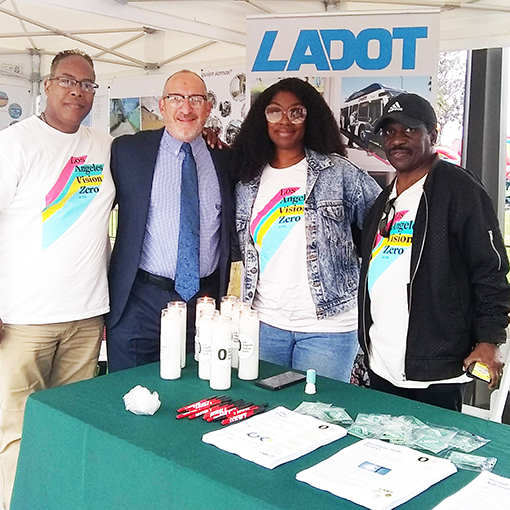
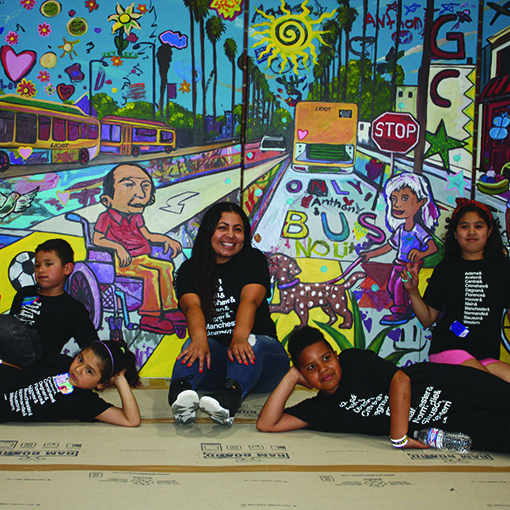
Equity-Driven Strategies
Equity-driven strategies have shifted the traditional approach to safety, helping us better account for gaps in safety data analysis, recognize patterns of unequal investment in safety projects, and address racial disparities in safety outcomes through our Vision Zero efforts. Attention is being called to concerns about long-standing historical and structural inequality in transportation systems, and we work with communities to navigate these challenges and make progress together. Best practices include the following:
Authentic Engagement. Meaningful and accessible community engagement toward Vision Zero strategy and implementation is employed, with a broad reach that includes those lacking formal organization or influence.
Complete Streets for All. Complete Streets concepts are integrated into community-wide plans and implemented through projects to encourage a safe, well-connected transportation network for people using all modes of transportation and of all ages and abilities. This practice prioritizes safe travel of people over expeditious travel of motor vehicles.
Equity-Focused Analysis and Programs. Commitment is made to both an equitable approach and fair outcomes, including prioritizing engagement and investments in traditionally underserved communities and adopting equitable traffic enforcement practices.
Clients using this approach include the following:
Berkeley, CA | Los Angeles, CA | Oakland, CA
Implementation Oriented
An actionable plan with clear goals, timeframe, and leadership is key to achieving zero traffic fatalities and severe injuries. Fehr & Peers has worked with communities to develop implementation-oriented Vision Zero programs that focus on translating safety analysis and planning into action through designing feasible and effective projects, building local support, developing citywide policies that promote safety in all roadway design decisions, and identifying funding for implementation. Best practices include the following:
Project Delivery. Decision-makers and system designers advance projects and policies for safe, equitable multimodal travel by securing funding and implementing projects, prioritizing roadways with the most pressing safety issues.
Responsive Hot Spot Planning. A map of the community’s fatal and serious injury crash locations is developed, regularly updated, and used to guide priority actions and funding.
Comprehensive Evaluation and Adjustments. Routine evaluation of the performance of all safety interventions is made public and shared with decision makers to inform priorities, budgets, and updates to the Vision Zero Action Plan.
Clients using this approach include the following:
Los Angeles, CA | Sacramento, CA | San Francisco, CA
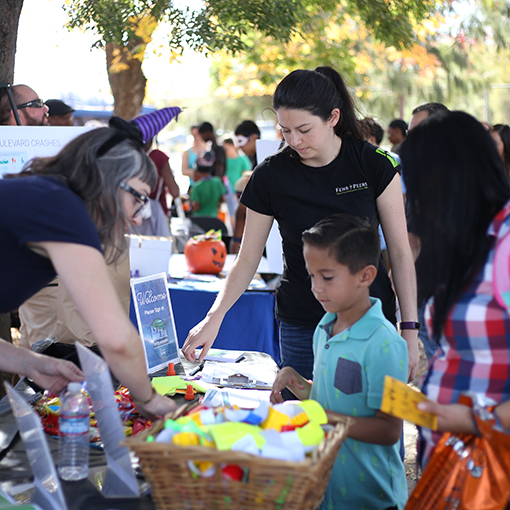
Vision Zero Community Collaborations
Our Vision Zero collaborations include the following communities:
City of Anchorage, AK
City of Bellevue, WA
City of Brighton, CO
City of Berkeley, CA
City of Denver, CO
City of Los Angeles, CA
City of Oakland, CA
City of Pittsburg, CA
City of Sacramento, CA
City of San Francisco, CA
City of Sunnyvale, CA
City of Vallejo, CA
Contra Costa County, CA
Contra Costa Transportation Authority, CA
Culver City, CA
Daly City (FHWA pilot), CA
Denver Regional Council of Governments (DRCOG), CO
Pinellas County, FL

Conference Presentations
We have enjoyed meeting, sharing, and learning from others as we continue to present on Vision Zero at conferences across the nation. Past engagements have included:
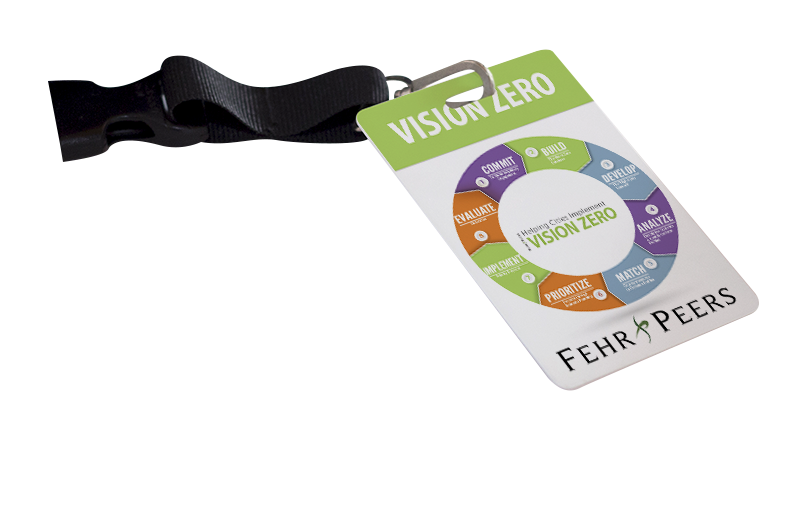
Vision Zero Cities Conference
American Planning Association (APA) Conference
Institute of Transportation Engineers (ITE) Annual Meeting and webinars
Transportation Research Board (TRB) Annual Meeting
Association of Pedestrian and Bicycle Professionals (APBP) Professional Development Seminar
Walk/Bike/Places Conference
Urban Streets Symposium
National Leadership & Awards
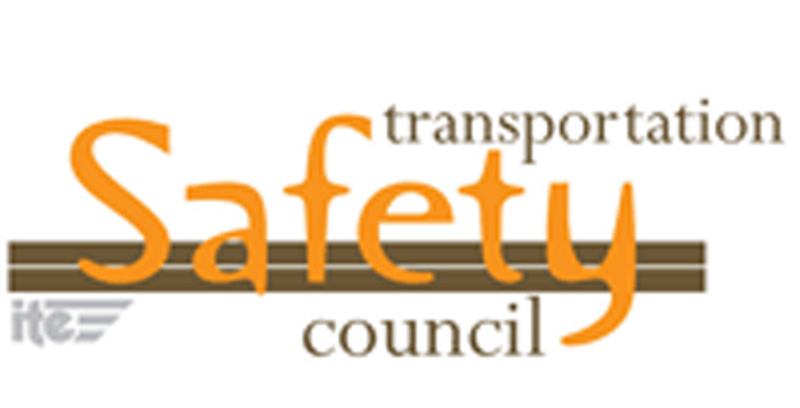
Incoming Chair
ITE Safety Council
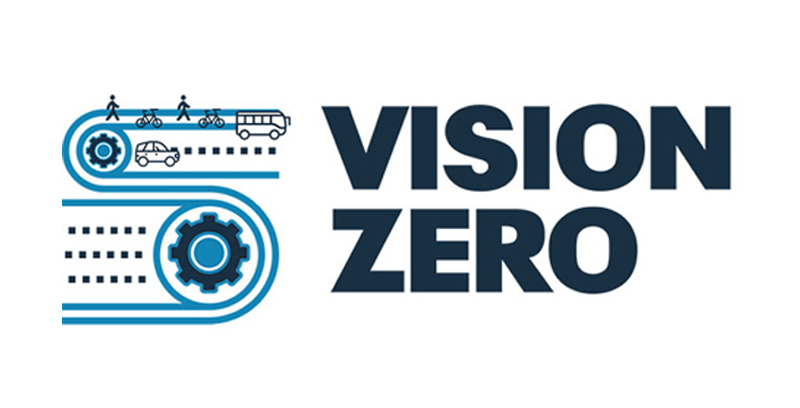
Member
ITE Vision Zero Standing Committee

Sponsor
Vision Zero Network
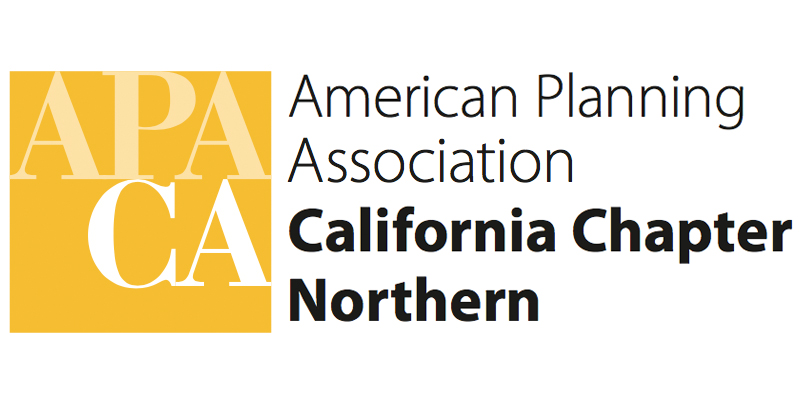
2014 Award of Merit
APA Northern California Chapter Transportation Planning
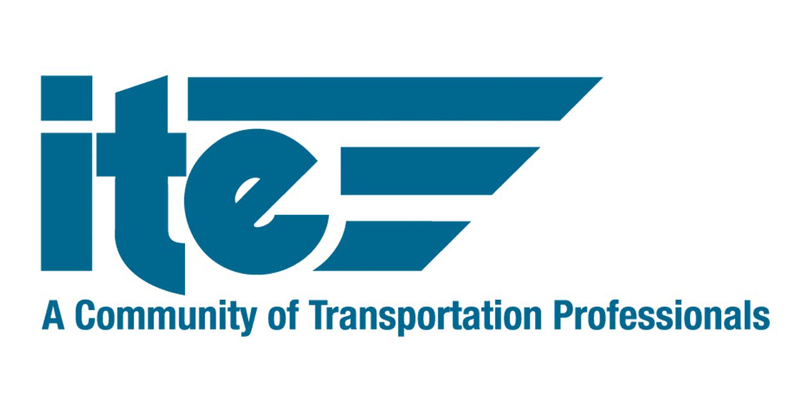
2015 Best Project Award
ITE Pedestrian and Bicycle Standing Committee
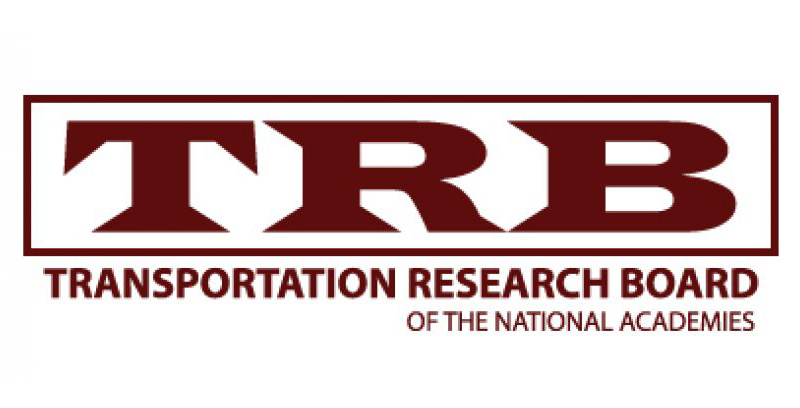
2015 Best Paper Award
TRB Pedestrian Committee
Partner with us today on your community’s customized Vision Zero approach.
Quick Links
© 2017 – 2024 Fehr & Peers. All rights reserved.

